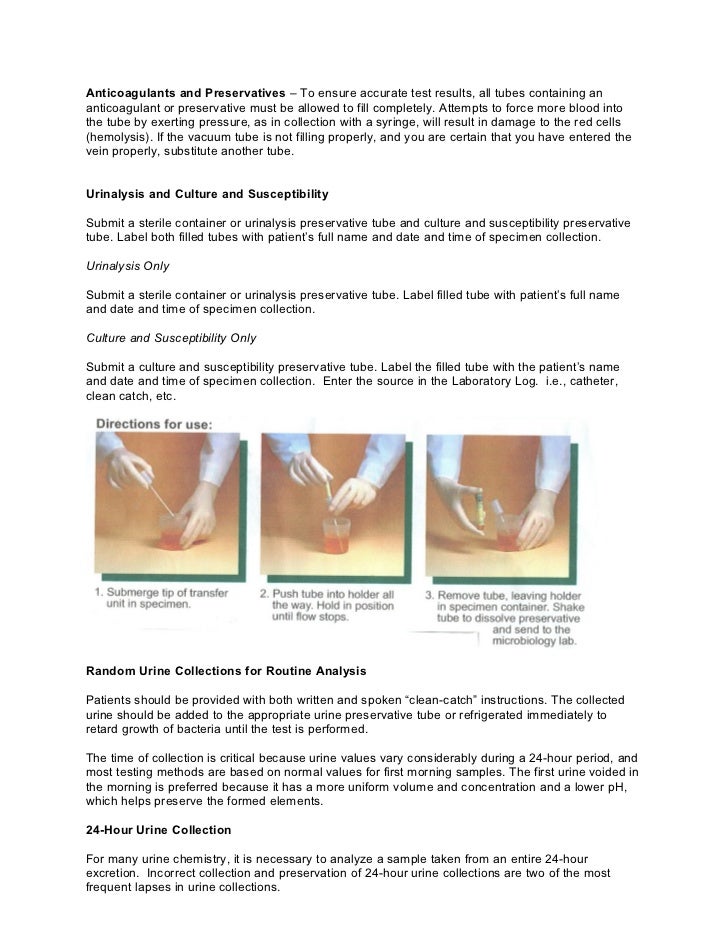

Findings in a March 2006 report, " The Silent Epidemic," illustrate the importance of engaged parents throughout secondary school. But although the role of parents changes in secondary school, their ongoing engagement - from regular communication with school staff to familiarity with their child's schedule, courses, and progress toward graduation - remains central to students' success. It's an all-too-familiar story: Parent involvement declines as students get older and become more independent. We begin with steps to connect students and parents to school and then address structural, programmatic, and funding changes: 1. Here are ten strategies that can help reduce the dropout rate in your school or community. Such reforms include early identification of and support for struggling students, more relevant and engaging courses, and structural and scheduling changes to the typical school day.ĭecades of research and pockets of success point to measures that work.

And with that focus comes the possibility of more action at the local, state, and national levels to implement a mix of reforms that will support all students through high school graduation. Mounting research on the causes and consequences of dropping out, coupled with more accurate reporting on the extent of the crisis, has led to increased public focus on what's been called the silent epidemic.

And nationally, the economic impact is clear: A 2011 analysis by the Alliance for Excellent Education estimates that by halving the 2010 national dropout rate, for example (an estimated 1.3 million students that year), "new" graduates would likely earn a collective $7.6 billion more in an average year than they would without a high school diploma. The link between dropout rates and crime is also well documented, and the report's data indicates that high school graduation reduces violent crime by 20 percent. The numbers cited in the report are sobering: High school graduates earn an average of nearly $290,000 more than dropouts over their lifetime, and they are 68 percent less apt to rely on public assistance. An August 2007 report by the California Dropout Research Project (PDF) detailed the economic and social impacts of failing to finish high school in the Golden State. Over a lifetime, dropouts typically earn less, suffer from poorer health as adults, and are more likely to wind up in jail than their diploma-earning peers. And it's about schools and communities having too few resources to meet the complex emotional and academic needs of their most vulnerable youth.Īlthough the reasons for dropping out vary, the consequences of the decision are remarkably similar. It's about young people feeling disconnected from their peers and from teachers and other adults at school. Dropping out is sometimes about students being bored and seeing no connection between academic life and "real" life. For others, the decision to drop out is a response to conflicting life pressures - the need to help support their family financially or the demands of caring for siblings or their own child. Without that diploma, they'll be more likely to head down a path that leads to lower-paying jobs, poorer health, and the possible continuation of a cycle of poverty that creates immense challenges for families, neighborhoods, and communities.įor some students, dropping out is the culmination of years of academic hurdles, missteps, and wrong turns. Are you sitting down? Each year, more than a million kids will leave school without earning a high school diploma - that's approximately 7,000 students every day of the academic year.


 0 kommentar(er)
0 kommentar(er)
